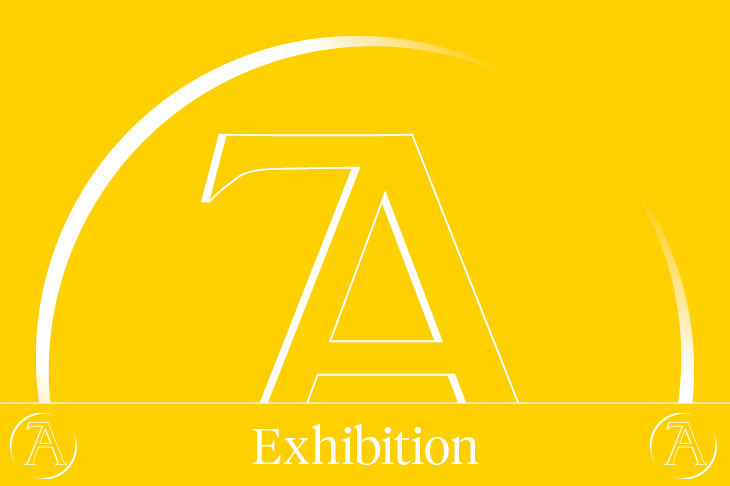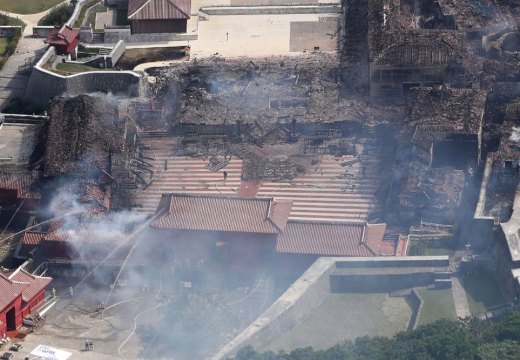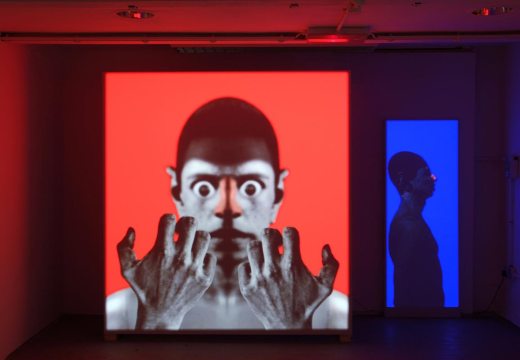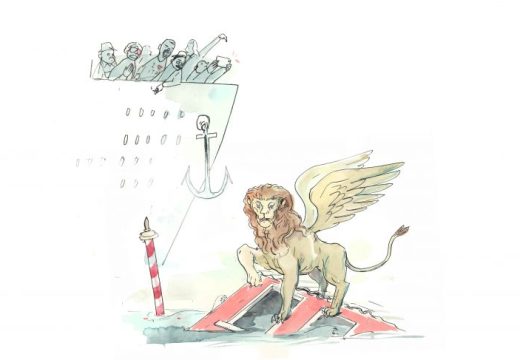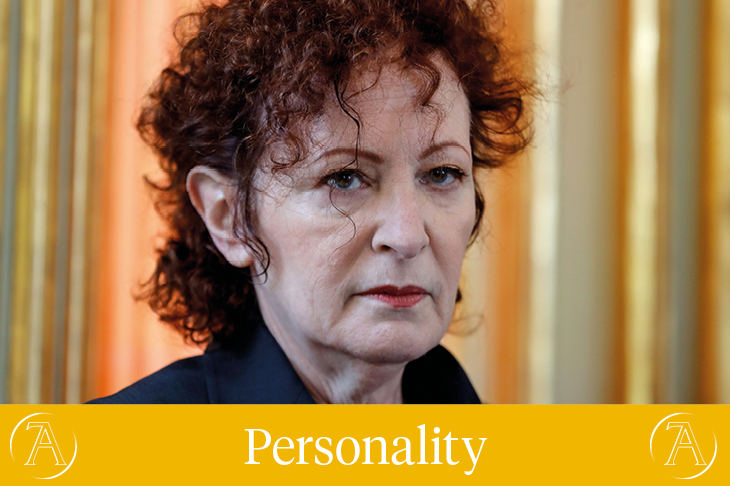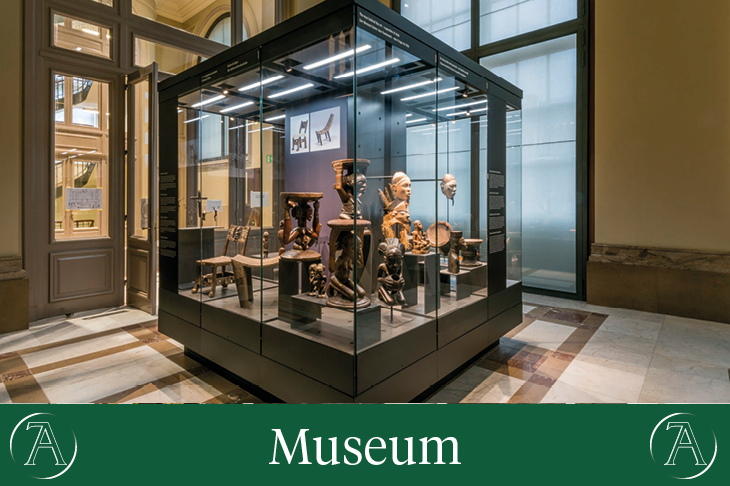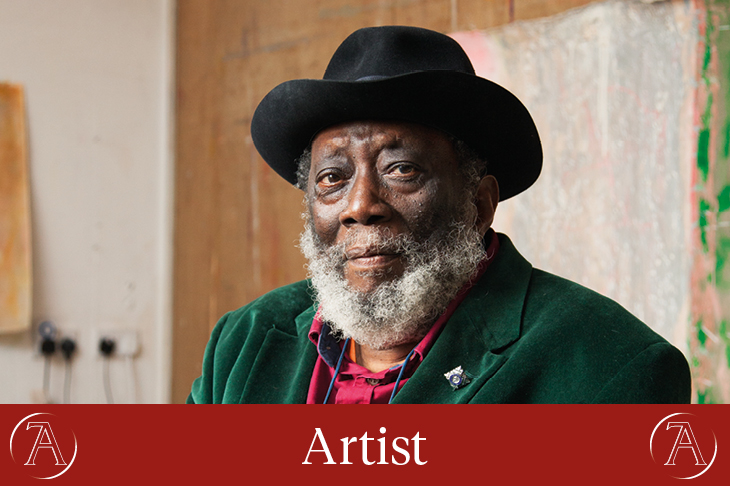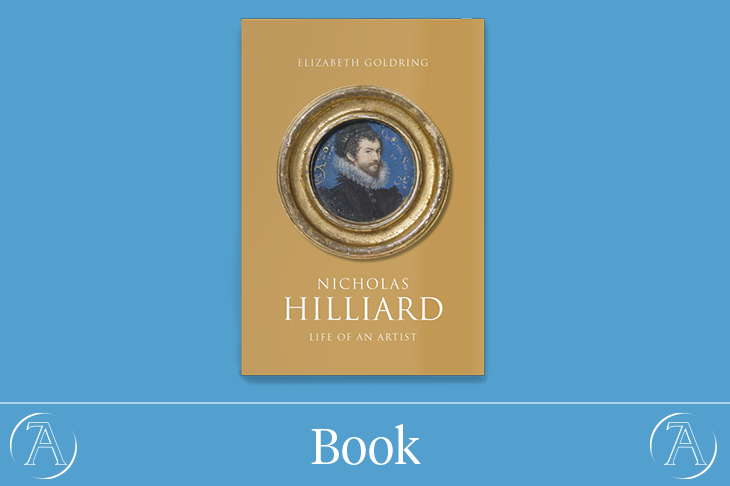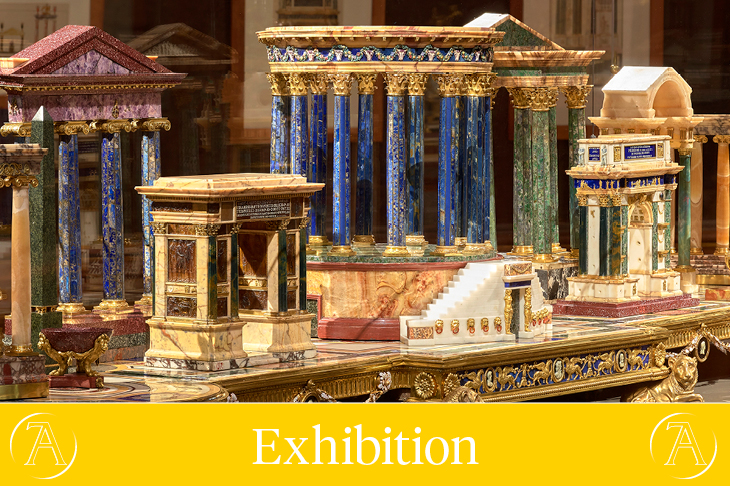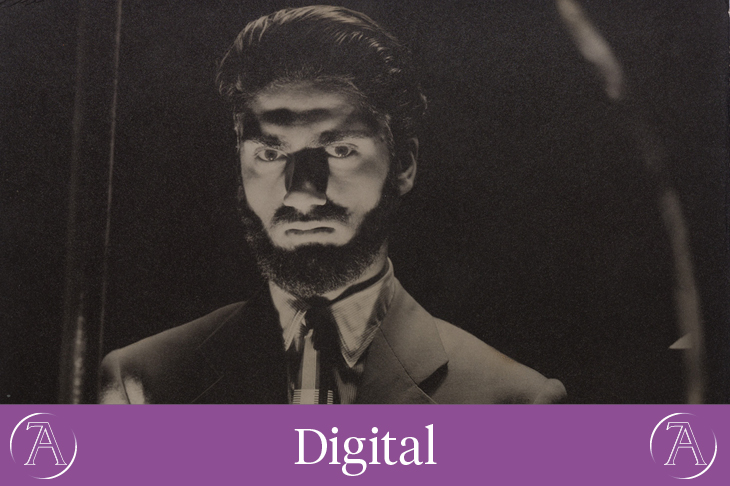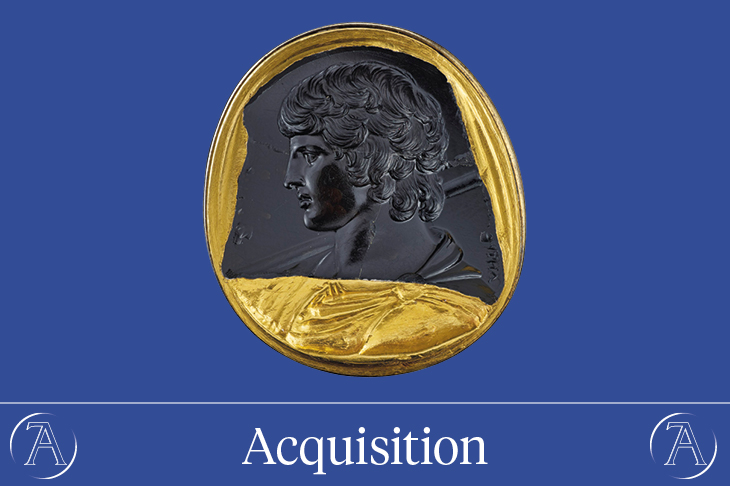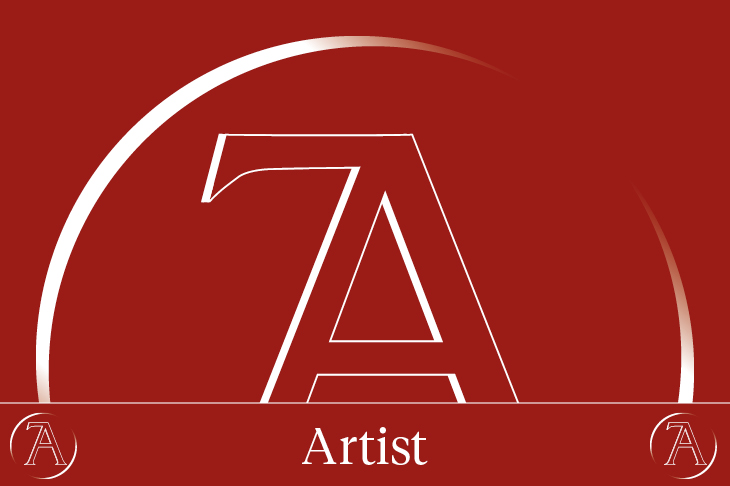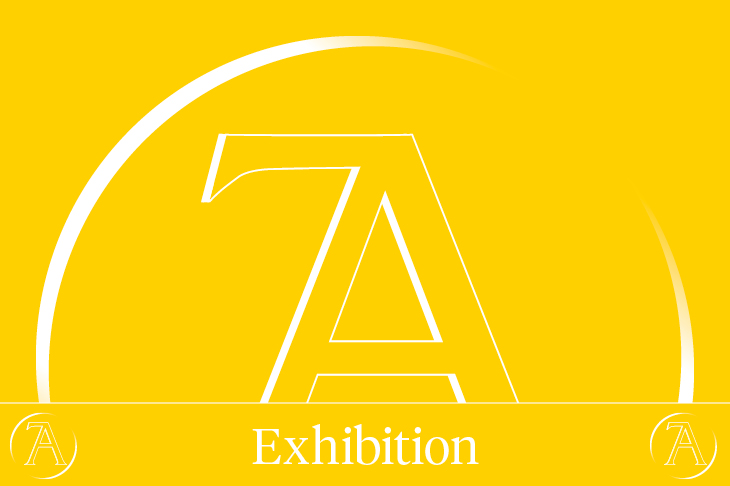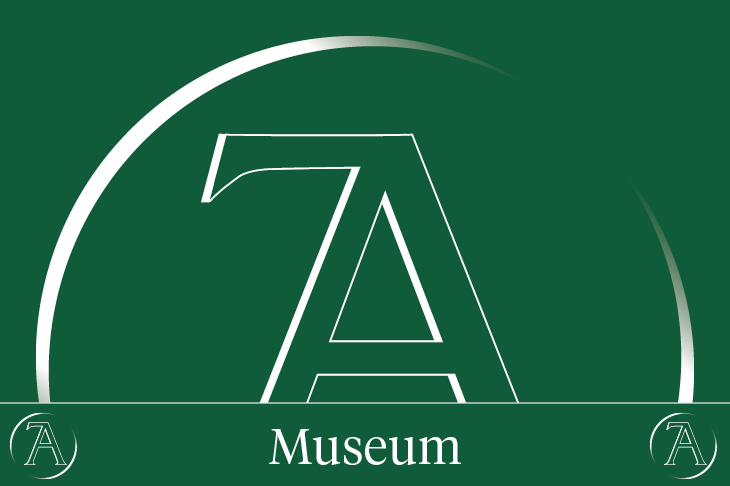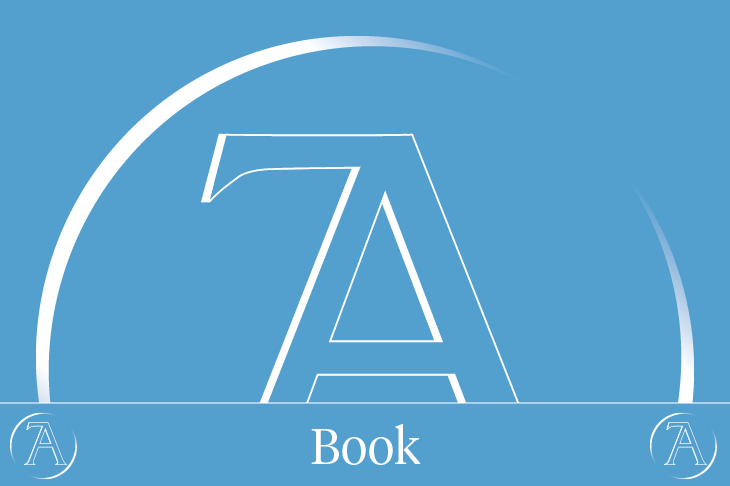Bernard van Orley: Brussels and the Renaissance
BOZAR, Brussels
20 February–26 May
With more than 100 works on show, this first monographic exhibition devoted to Bernard van Orley illuminated many aspects of his prodigious output, extending beyond the museum to the churches and cathedrals in the city that contain his stained glass.
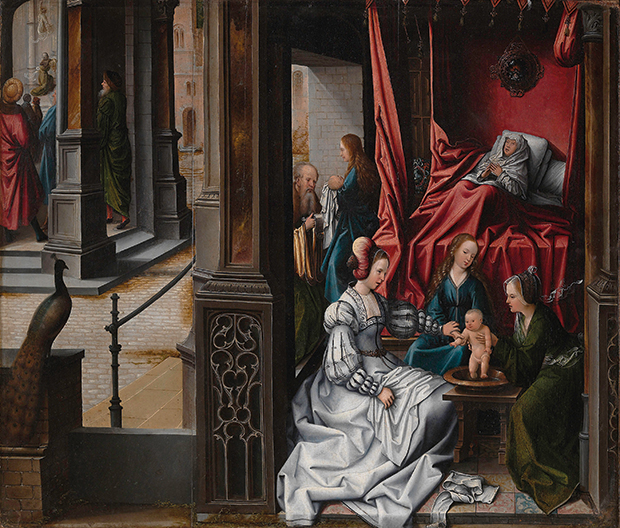
The Birth and Naming of John the Baptist (c. 1514–15), Bernard van Orley. Metropolitan Museum of Art, New York
Lithuanian Pavilion
Venice Biennale
11 May–31 October
With its installation of Sun & Sea (Marina), the national pavilion of Lithuania at the Arsenale, this year’s winner of the Golden Lion Award, became a beach, complete with sand and sunbathers and the staging of a Brechtian opera.
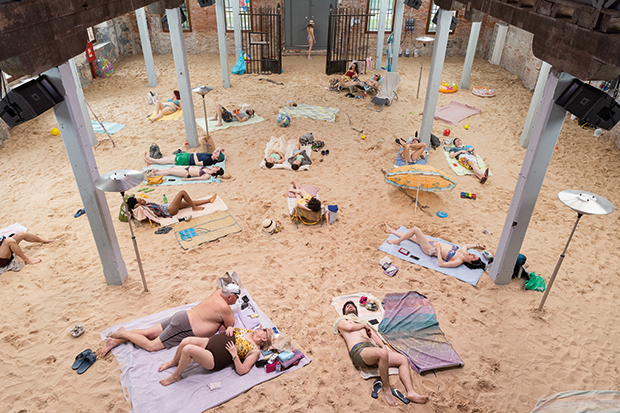
Installation view of Sun & Sea (Marina) by the Lithuanian Pavilion at the Venice Biennale, 2019. Photo: © Andrej Vasilenko
Luigi Valadier: Splendor in Eighteenth-Century Rome
Frick Collection, New York
31 October 2018–20 January
This first monographic exhibition dedicated to the finest silversmith of his era included the remarkable loan of six silver saints from the High Altar of the Cathedrale of Monreale, as well as Valadier’s virtuosic miniature models of Roman sites, made from precious stones.
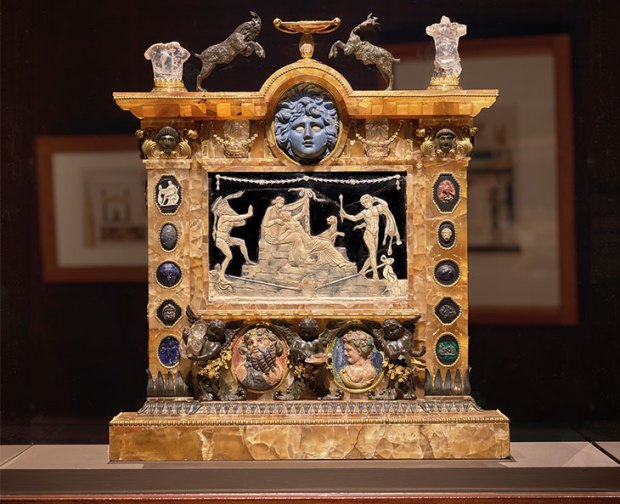
Bacchus and Ariadne (1780–85), Luigi Valadier. Musée du Louvre, Paris Photo: Michael Bodycomb
Mantegna and Bellini
National Gallery, London
1 October 2018–27 January
Including loans from museums across Europe and organised with the Gemäldegalerie in Berlin, this show offered an unprecedented opportunity to compare the styles and subject matter of these two Renaissance masters (and brothers-in-law) from the start of their careers onwards.
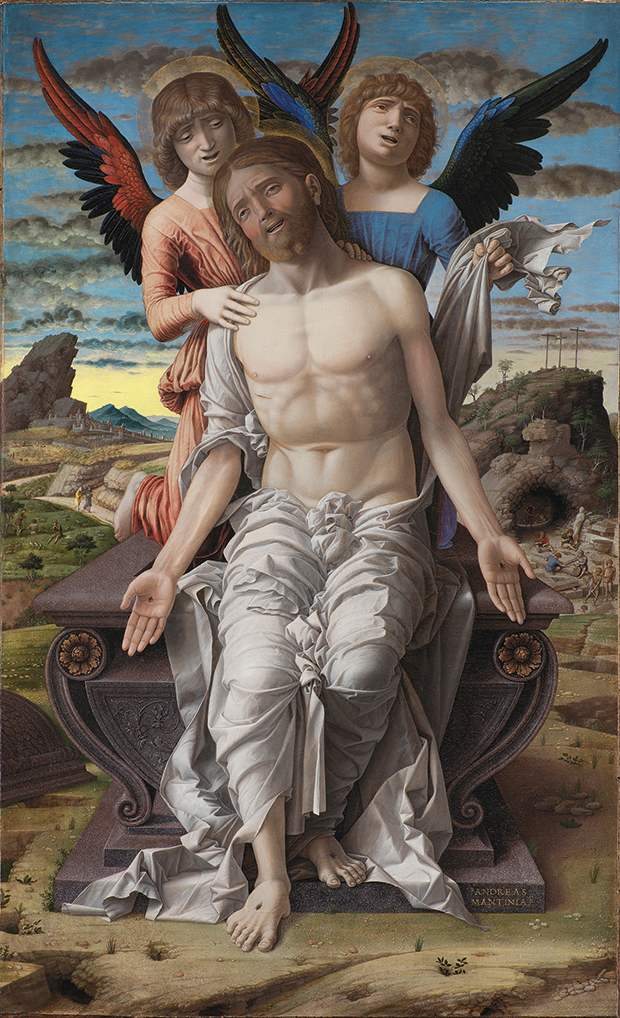
The Dead Christ Supported by Two Angels (c. 1485–1500), Andrea Mantegna. Statens Museum for Kunst, Copenhagen
Manet and Modern Beauty
Art Institute of Chicago
26 May–8 September
Manet’s late turn towards flower studies and paintings of fashionably dressed women – works which have tended to be dismissed by critics as charming but trivial – was the subject of this revisionist exhibition organised with the J. Paul Getty Museum.
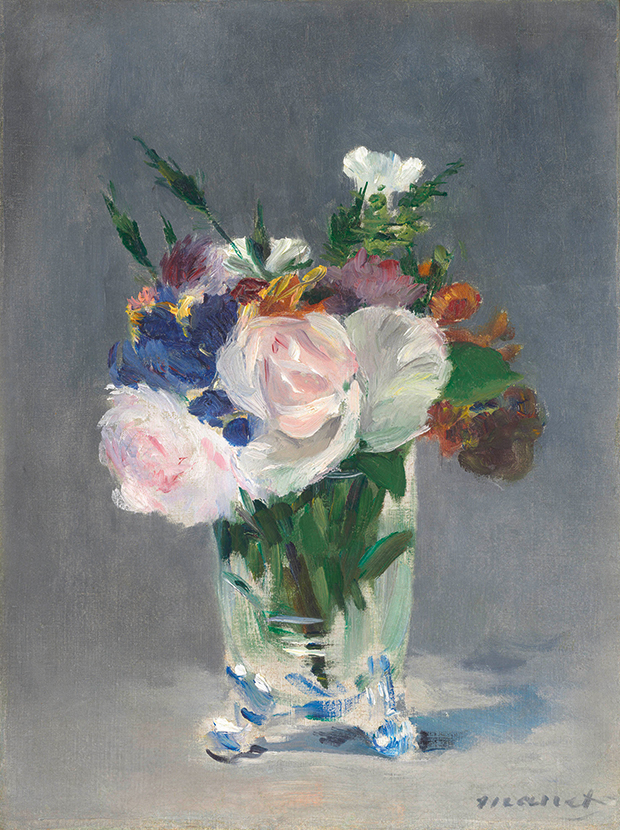
Flowers in a Crystal Vase (c. 1882), Édouard Manet. National Gallery of Art, Washington, D.C.
Verrocchio: Master of Leonardo
Palazzo Strozzi, Florence
9 March–14 July
The display of paintings, sculptures and drawings, organised with the Bargello and the National Gallery of Art in Washington, D.C., explored Verrochio’s own achievements as well as his influence on artists such as Ghirlandaio, Botticelli, Perugino and Leonardo.
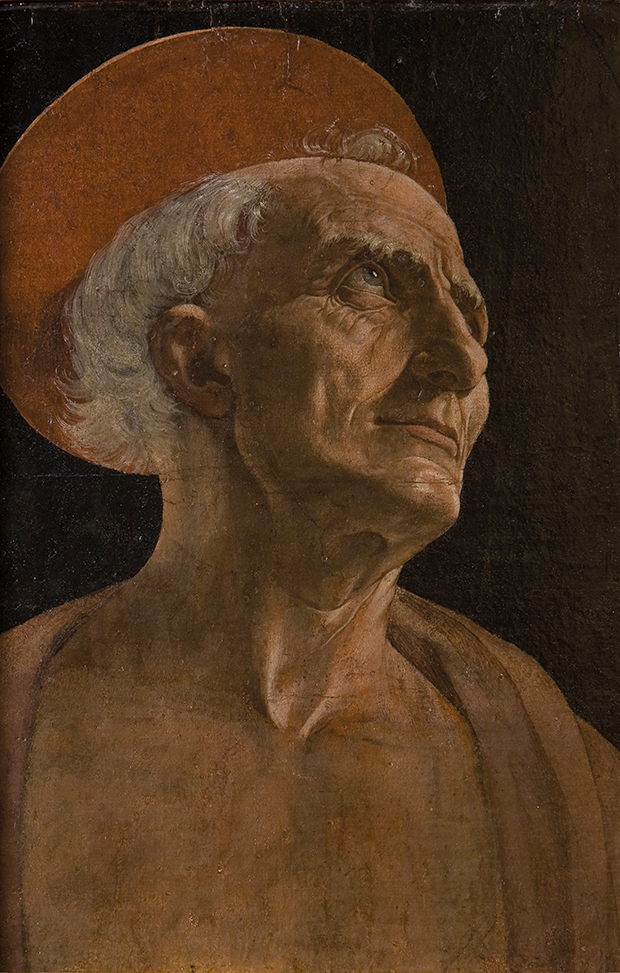
Saint Jerome (1465–70), Andrea del Verrocchio. Gallerie degli Uffizi, Florence. Photo: Francesco del Vecchio
The Shortlists | Acquisition of the Year | Artist of the Year | Book of the Year | Digital Innovation of the Year | Museum Opening of the Year
Unlimited access from just $16 every 3 months
Subscribe to get unlimited and exclusive access to the top art stories, interviews and exhibition reviews.

